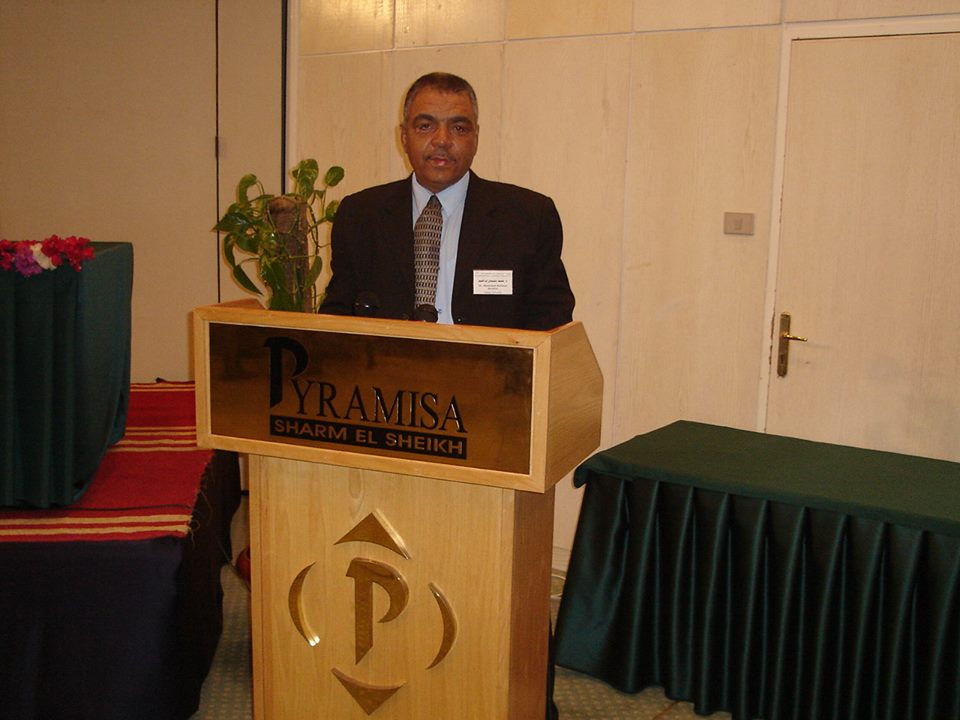In Egypt, there is a growing need for information relating to soil condition, its current status, and the nature and direction of change in response to management pressures. This information are required by land managers, and regional, state and national agencies to inform modified management and land-use practices and investment to maintain and improve the soil resource. The aim of the present investigation was to monitor the changes of some important soil properties caused by different management practices and using Geochemical Maps and Box Whisker Graph to demonstrate the results. Four soil types were selected to carry out this study, which are namely; cultivated floodplain soils, newly reclaimed soil, wastewater disposal soils and uncultivated Wadi disposal desert soil. The obtained results show that the reclamation practices lead to increase the silt and clay contents in the
reclaimed soils specially in the surface layers, but did not change appreciably by the wastewater disposal practice.
The CaCO3 content increases away from the Nile stream toward the desert areas on both the eastern and western sides. The CaCO3 content in the sites subjected to wastewater disposal is negatively affected by such practice particularly in the surface layers. The pH values of wastewater disposal soils in El-Dair sites are greatly decreased by two to three units and consequently can affect the forms and availability of nutrients and biological activity. The high levels of OM were reported in the newly reclaimed sites situated very close to the lands applied for wastewater disposal. Levels of OM in the topsoil layers of the wastewater farmlands at El-Dair range between 0.5 and 23.1%, whereas those of the subsoil layers vary between 0.03 and 1.02%. The surface layer of the reclaimed lands have relatively higher EC values than the surface layers of the cultivated lands have. The cultivated floodplain soils are non-sodic soils where the ESP values are less than 15. The exchangeable Na+, in median values, of the reclaimed
lands is more than those of the cultivated soils by about three times. Moreover, about 47% of the uncultivated Wadi disposal desert soil sites have ESP values of more than 15 and Ca++ is the dominant exchangeable cation. The exchangeable cations maintain a descending complex as follows: Ca2+> Na+> Mg2+> K+. The application of wastewater in both sites at El-Kola and El-Dair doesn't induce an increase in the sodicity of soils. The CEC values of the flood plain soils vary between 35 and 80 meq/100g and more than ones of the NRL soils which are 11 – 58 meq/100g. In the NRL about 53% of the soil samples have CEC values less than 10 meq/100g, whereas in the lands undergo the application of wastewater disposal, The CEC values vary between 8 and 95 meq/100g.

